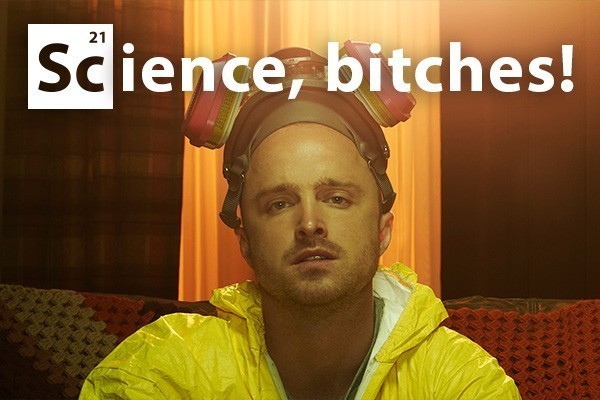Dolphins are the chimpanzees of the sea. We share about 96 percent of our DNA with chimpanzees. That’s because we share the same genetic history; we evolved from common ancestors. We can relate to and empathise with chimpanzees like they’re one of our own. That’s why watching Planet of the Apes is so sweet. Anyways, back to dolphins. Everyone loves them. They have sex for fun, they’re always smiling, they save drowning sailors and their acrobatics are unreal. Watching The Cove, a heartbreaking documentary about an annual Japanese dolphin slaughter has the capacity to bring grown men to tears. They almost seem human. Our relationship with dolphins is unprecedented by any other marine species.
Just when you thought dolphins couldn’t get any cooler, recent research has cast light upon the ways they communicate with each other. The Dolphins Plus research institute in Florida has observed Bottlenose dolphins communicating with one another while working together to solve a puzzle. A locked plastic canister was placed in pool with six captive dolphins. The canister could only be opened if a rope at either end was pulled simultaneously, a feat that required two dolphins to achieve.
Twenty-four trials were conducted. In twenty of the trials, the same male pair managed to solve the puzzle and get to the food. While the pair’s consistent success in opening the canister interested the researchers, it was the underwater audio that really surprised them. The researchers found that when the dolphins worked together to open the canister, they made more vocalisations than they did when they weren’t attempting to open the canister or when the canister was not in the pool.
This would suggest that the dolphins have specific vocalisations for solving co-operative tasks. But how do we know the vocalisations weren’t simply social interactions between the dolphins? When one dolphin attempted to open the canister on it’s own, and other dolphins were nearby, there was no recorded increase in chatter. From that observation the team could infer that the vocalisations were directly relating to co-operative problem solving behaviour. That’s chat.



